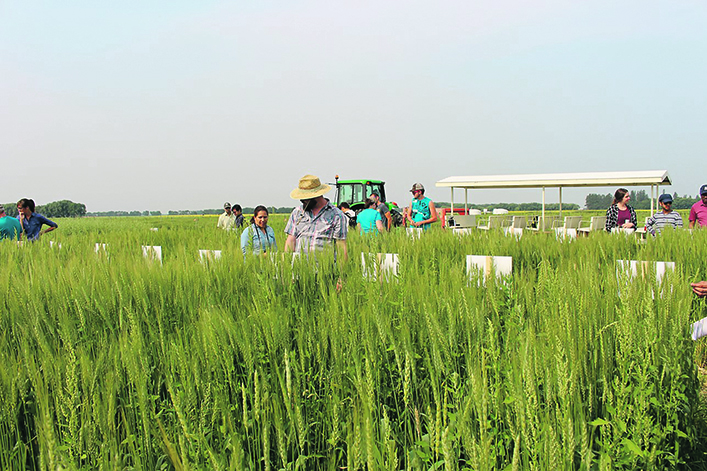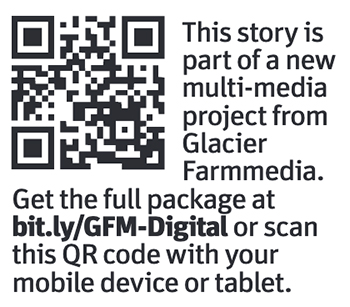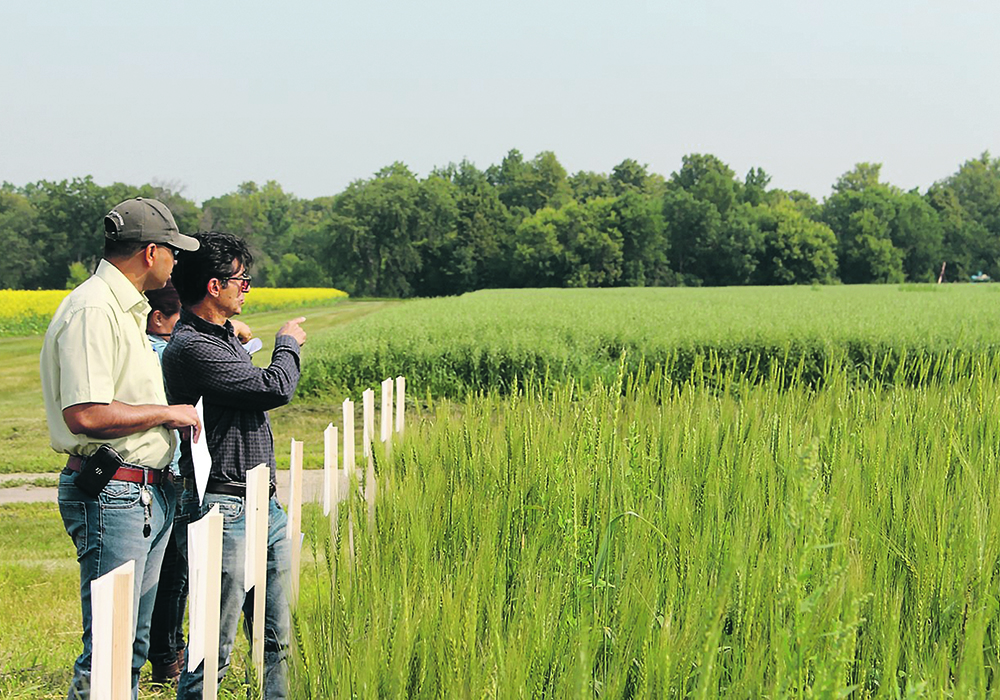After years of painstaking development, an effort to develop crop lines that can handle Canada’s unpredictable challenges is yielding results.
“We are looking at this source of genetic diversity and asking ‘What can we do with this grain?’” said Michelle Carkner, the former co-ordinator of the University of Manitoba’s Participatory Plant Breeding program.
Since 2013, a network of breeders, researchers and farmers has been taking crop lines and trying to develop them for specific farms and situations.
The lines are designed to thrive in an organic situation and be robust enough to handle the challenges of real-world Canadian conditions on actual farms. Instead of trying to be one-size-fits-all varieties, the program is trying to develop lines customized to particular farms and very local environments.
“We’ve had farmers from the Fraser valley of B.C. to Prince Edward Island, all the way north to Fort Vermilion in Alberta,” said Carkner.
That’s why she thinks the program’s attempt to boost the range of genetic material available will interest conventional farmers as well as organic ones.
“Having genetic diversity that works in different parts of the Prairies is a pretty easy sell for conventional farmers. You can have all the fertility in the world, and adequate weed control, then you get extreme drought followed by a downpour and your yields are suffering,” said Carkner, who is now developing the potential of the project as part of her PhD program.
“If we can get genetic diversity to help weather through those challenges (farmers should benefit).”
The Manitoba program is backed by the Bauta Family Initiative on Canadian Seed Security and received funding from Agriculture Canada.

As part of the program, seed breeders such as Jennifer Mitchell-Fetch and Stephen Fox donated promising genetic material, University of Manitoba researchers found interested growers, and those growers took tiny amounts of seed and planted it in plots on their fields.
“It is a lot of work. The farmer does pretty much all the work of making the selections,” said Carkner.
“You have to figure out how to seed small plots and make those selections in a busy time of the year.”
Farmers would hand-pick the best plants from their plots, collect the seeds, and send them back to the researchers, who would clean them.
The following season, farmers would get the cleaned seeds back and do another year of field-based selective breeding.
That was the way the program took a number of lines of crop from F3 to F6 status.
Some of the farmers involved have developed enough quantity that the researchers were able to multiply their work at the Carman research centre and send the grain back to the farms for closer to conventional planting methods, including being able to use a drill.

Some of the grain is already being used commercially. One British Columbia farm is selling grain directly to consumers, ones who want to know what farm it’s coming from and how it was grown.
A Quebec farm is working directly with millers to produce baked products.
A Brandon farm is at the point of selling its grain to local specialty bakers.
“They’ve been really creative in finding different ways of marketing the grain,” said Carkner.

While the Participatory Plant Breeding program has only modest resources, it sees itself fulfilling a vital role in keeping Canada’s seed diversity from becoming too dependent on conventional agronomy. Without being able to rely upon synthetic fertilizer, seed treatments, herbicides, fungicides and pesticides, the lines in the program might be able to find natural ways to withstand common challenges.
The program isn’t trying to supplant mainstream crop lines, nor produce a challenge to the seed industry, but add to farmers’ choices with unique seeds.
“The lines that are coming out of programs in Canada are selected under conventional environments,” said Carkner.
“We’re doing it cowboy style.”
















